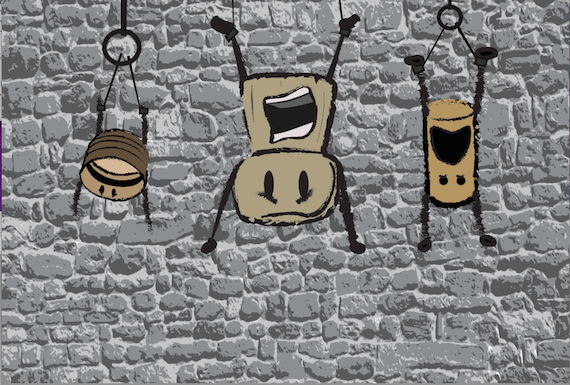There’s a wonderful throwaway line in Harry Potter and The Philosopher’s Stone. “God I miss the screaming,” says scary caretaker Argus Filch, lamenting the fact that detentions at Hogwarts no longer involved hanging kids up by their thumbs in the dungeons.
It’s a bit like that with the wine bottle closures debate. In the past you could guarantee a bit of a verbal punch-up, it was such a contentious issue. Screwcaps versus corks. Fight! Fight! Now it has all rather calmed down, and how I miss the fighting. [Declaration of self-interest: the controversy surrounding closures led to lots of commissions to write on the topic.]
Since their reintroduction in Australia with the 2000 vintage, screwcaps have seized a large slice of the market from natural cork and their sales are steadily growing, although a recent Wine Intelligence report showed that they are still not very well accepted in the US market.
Synthetic corks have got their own significant slice of the market and, despite a dramatic consolidation among producers, have hung on and even grown sales, with a particularly strong showing in the US and France, countries which haven’t readily embraced screwcaps.
And natural cork – including the very successful category of technical corks – still has very robust sales figures. In part, this is because the market has grown, so there has been plenty of room for new entrants. But there’s also a conservatism in many markets that maintains the place of cork.
Exact figures are hard to come by, but from speaking to the various players – each of which have their own estimates – my guess at the current breakdown in closure use would be as follows.
The overall marketplace is 18bn-20bn worldwide each year, a figure that most closure companies seem to agree on. Screwcap sales are still growing and are around 5bn, while synthetic corks are around 3bn. The rest of the market, some 11bn or so, consists of natural cork and technical cork, with alternatives such as Vinolok (the glass stopper with an aluminium cap) and Zork having only a very small slice of the market.
Here, I’m ignoring small serve (below 37.5cl) bottles, which are almost exclusively screwcapped, and we also need to consider the impact of alternative packaging such as bag-in-box and pouch. The growth of these could impact on the volume of wine bottled, and therefore on total sales of closures.
Evolving market
The closures market has evolved significantly since screwcaps first appeared on the scene and shook things up a lot in the early noughties. Back then, there was no appreciation of the important role of oxygen transmission in post-bottling wine chemistry. This has now been explored scientifically, thanks in large part to research sponsored by synthetic closure company Nomacorc, and the major closure types, with the exception of natural cork (which can’t), have embraced the idea of offering closures with different oxygen transmission levels that winemakers can then match with wine style.




